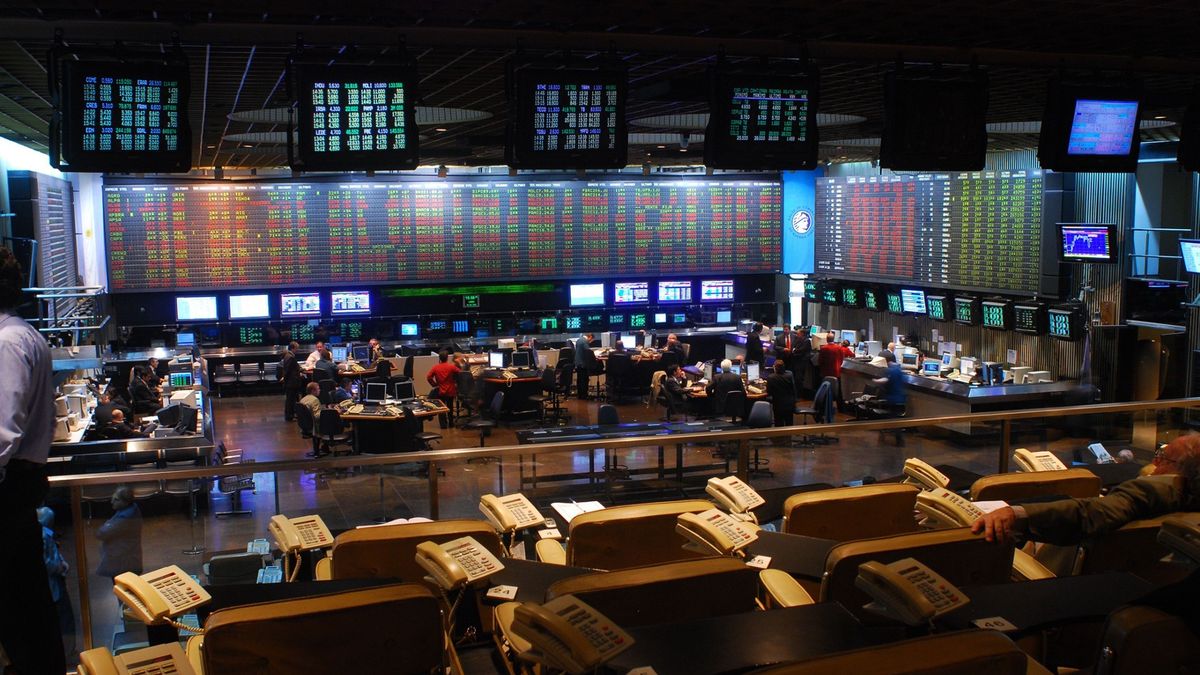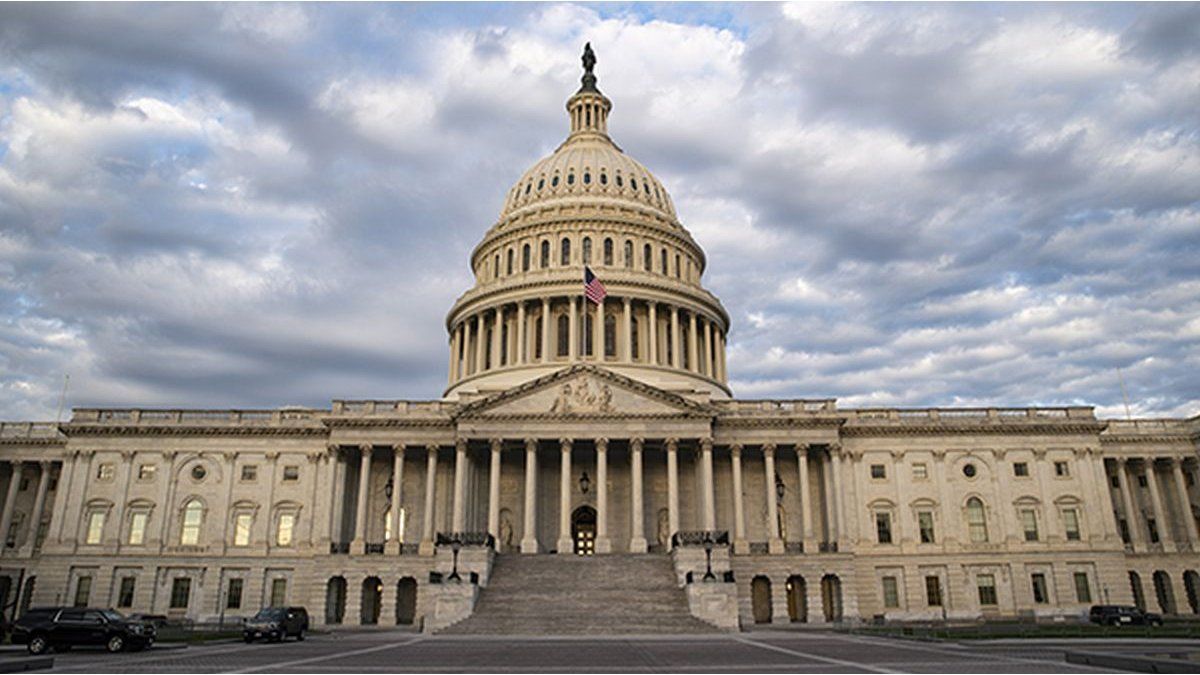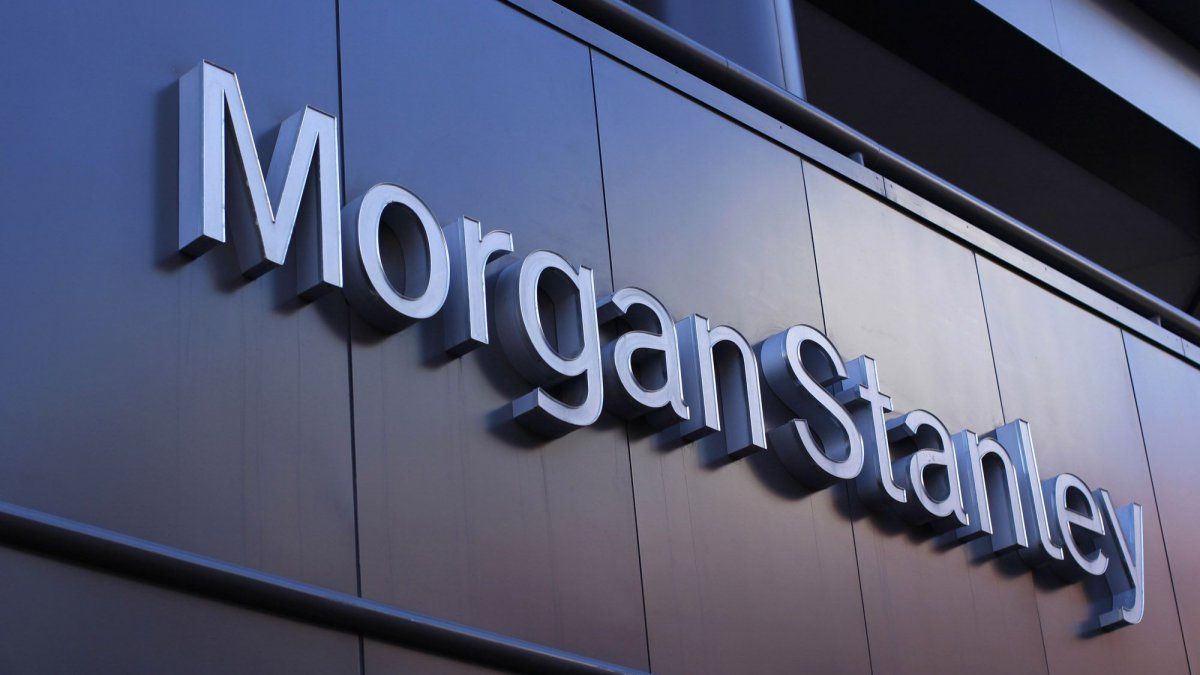For their part, Argentine stocks fell on Wall Street, with increases of up to 5% led by Tenaris. They are followed by BBVA and Banco Macro, which fell 3%.
Operators said that the business environment remained uncertain and volume was cut, although energy and services items have tempting prices for short-term speculative repurchase.
In this context, the Argentine country risk, prepared by the JP Morgan bank, rose 0.8% and set a new record in two years at 2,263 units.
Operators highlighted the surprise of a domestic debt swap launched at the last minute by the Ministry of Economy, in which the role of the central bank (BCRA) will be important.
“The local assets have also been acting as ‘hostages’ of the external climate (…), although this is accentuated because the domestic climate is far from being able to transmit calm, amid growing tensions within the ruling coalition (governing) that do nothing more than make it difficult to manage economic challenges,” said economist Gustavo Ber.
This price weakness is generated together with an increase in the fiscal deficit and a week of a tender for internal bills to renew maturities for some 580,000 million pesos (about 4,680 million dollars). For this reason, from the Government there is a dialogue with banking entities to have their guarantee in the operation.
The world’s most important assets and currencies moved lower due to repeated fears of high inflation and the inevitable rise in interest rates, with the US Federal Reserve (Fed) as the general flagship and the BCRA as the local benchmark.
On Wednesday, Argentina faced the payment of US$1.8 billion to the International Monetary Fund (IMF) pending a first review of the domestic macro that would release the arrival of US$4.0 billion.
This payment should later be reflected in a drop in BCRA reserves, which provisionally totaled 40,009 million dollars on Tuesday after the discount of some 940 million paid to the IMF. These commitments correspond to what was established in 2018, now renewed within the framework of the new “Extended Facilities” plan.
Bonds and country risk
On Wednesday, the reference bonds AL30 and GD30 marked new lows based on the close and the downward trend that crosses them seems not to find a brake. In percentages, the falls in its local dollar market were 1.97% in the AL30 towards 22.35, while the GD30 lost 0.97% and closed at 25.75. Along these lines, the entire bond curve fell and pushed a country risk index to new and worrying highs of 2,245 points.
Among the poor results, bonds in pesos were also affected, with a CER bond curve that gave way completely, with greater sensitivity in longer bonds.
Falls were also seen in Fixed Rate Sovereign Debt, Badlar and Dollar Linked as well. This despite the goodwill of Martín Guzmán regarding the fact that he has launched an early debt swap to decompress the 600,000 million pesos that are due at the end of the month and that are presented as a great challenge in market analysis. In this sense, he offered an exchange of bills maturing in June at fixed rates indexed to the CER for other short-term ones.
“In recent weeks, the BCRA intervened on the debt in pesos, managing to stabilize it. In this way, the market seems to have found a new balance, although it seems to be fragile. Looking ahead to the second semester, the tenders will be key to giving greater credibility to the sustainability of the debt, and thus try to change the position of the market (today it is positioned with a “duration” of no more than 5 months), “they highlighted from Invest in the Stock Market (IEB)
Source: Ambito
David William is a talented author who has made a name for himself in the world of writing. He is a professional author who writes on a wide range of topics, from general interest to opinion news. David is currently working as a writer at 24 hours worlds where he brings his unique perspective and in-depth research to his articles, making them both informative and engaging.




